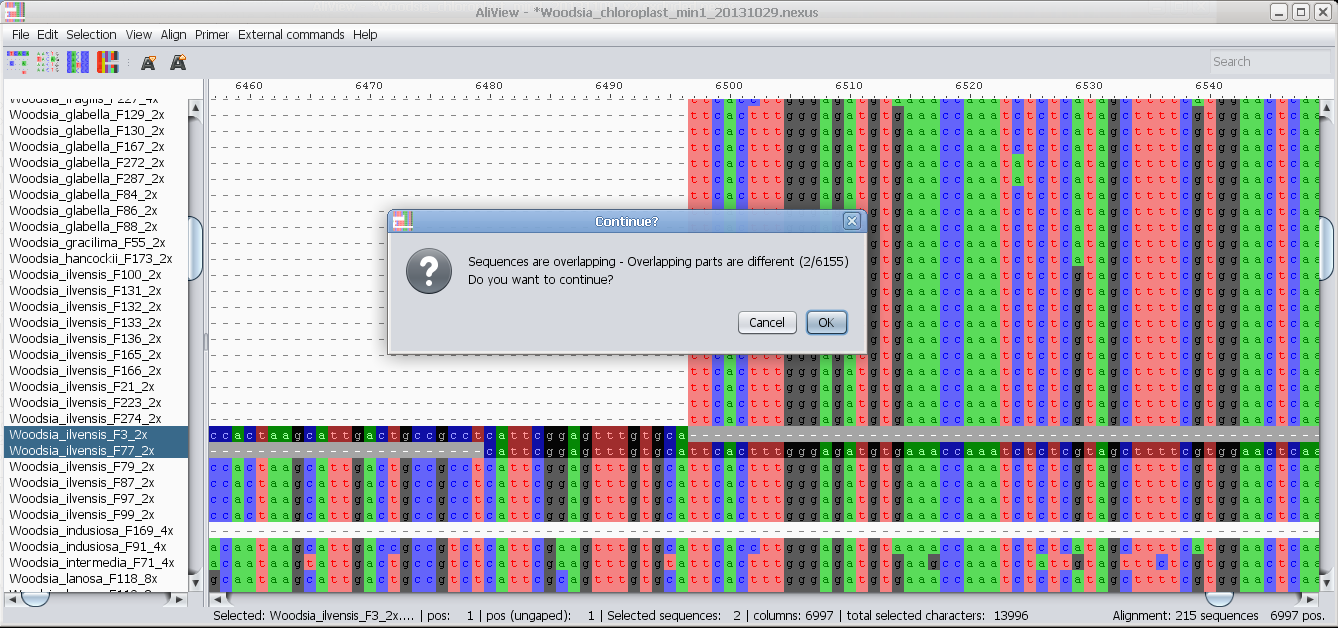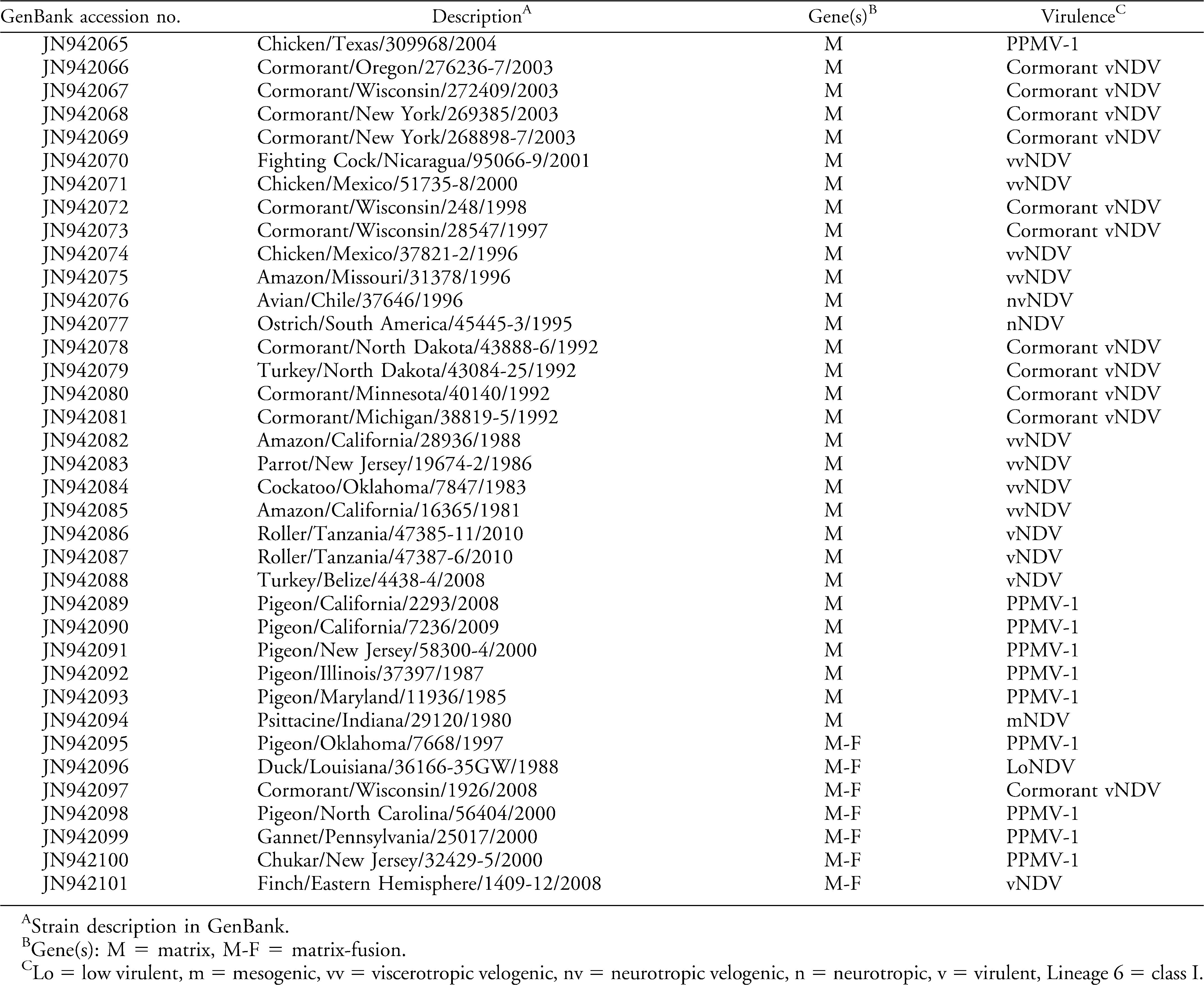


The status of these species was also supported by studies using biochemical and molecular markers ( Fang and Roose, 1997 Fang et al., 1993 Herrero et al., 1996 Luro et al., 1992 Nicolosi et al., 2000). Stone was added as the fourth basic species ( Scora, 1988). In the mid 1970s, two studies ( Barrett and Rhodes, 1976 Scora, 1975) suggested that cultivated Citrus comprises only three basic species: citron ( C. indica Tanaka, wild species from Japan and India respectively. reticulata) are treated 36 mandarin species are recognized by Tanaka (1969, 1977) whereas only three mandarin species are noted by Swingle's system ( Swingle and Reece, 1967), including C. A major difference in these two systems is in how mandarins ( C. The most widely accepted classification systems are those of Swingle (1943) and Tanaka (1977), who recognized 16 and 162 species respectively. The genus Citrus itself has been described as consisting of 1 to 162 species. Relationships among species of Citrus are complicated by several factors such as a high frequency of bud mutation, a long history of cultivation, nucellar embryony, and wide cross-compatibility among species ( Moore, 2001). maximum parsimony maximum likelihood incongruence A hybrid origin of five mandarin landraces and several mandarin-related species was suggested as a plausible hypothesis to explain the incongruence between the FLint2 and trnL- trnF data sets. ‘Mangshan A1’ and ‘Daoxian 5’ wild mandarins were sisters to this mandarin clade. Monophyly of mandarins was supported by both of these data sets, and in this clade, most mandarin landraces formed an unresolved polytomy, whereas ‘Jiangyong 1’, ‘Chongyi A2’, ‘Chongyi A1’ (or ‘Jiangyong 4’ in FLint2 data), and ‘Daoxian 1’ wild mandarins formed a subclade. Phylogeny reconstructions were conducted separately for these two data sets using maximum parsimony and maximum likelihood criteria.

Forty-six trnL- trnF sequences and 111 FLint2 sequences were obtained from 46 ingroup accessions, with an average length of 1059.7 and 776.7 bp respectively. Labs supporting Ukrainian Scientists is an expansive list of labs and PIs offering support at this time.Nucleotide sequences of the second intron of the nuclear LEAFY gene ( FLint2) and trnL- trnF region of the chloroplast genome were used to analyze the phylogenetic relationships among eight wild mandarins ( Citrus reticulata Blanco), 19 mandarin landraces, and 19 related species of Citrus L.Science for Ukraine provides an overview of labs offering a place for researchers and students who are affected to work from, as well as offers of employment, funding, and accommodation:.Personally, I have found the messages of support from scientists everywhere to be truly heartfelt, and I would like to highlight some of the community initiatives I’ve seen here: We also want to use our platform to highlight the response from the scientific community. Just opening a PCR tube can create aerosols which spread PCR product around. All labs need to do PCR set-up in a different room from the site where PCR is done or PCR products are handled. I have heard of proven cases where PCR product from a lab on a different floor of the building contaminated a lab, carried in by a coworkers contaminated glove or something. Although every cell in the organism contains a few mitochondria, the PCR pruct produced by PCR ends up many millions of fold more concentrated than any sample DNA (the molar concentration of the product is enormous even if the micrograms of DNA per volume are low). The very best labs can nearly eliminate it, but all labs need positive and negative controls constantly run to ensure that if any contamination happens it is caught early before any efforts are wasted analyzing contaminated results. PCR contamination happens to everyone, it does not indicate "sloppy work". If you gene in your organism should be "pure", then the mix indicates a problem, most likely PCR contamination.


 0 kommentar(er)
0 kommentar(er)
